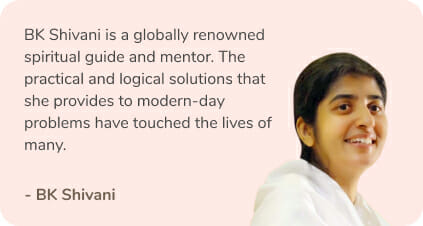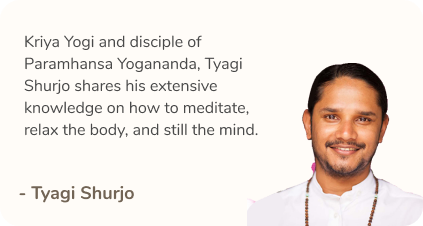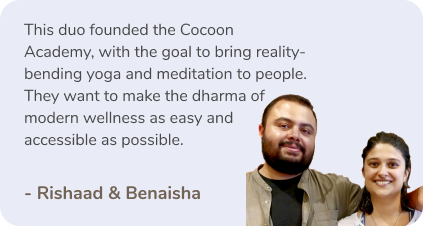Fear is a normal reaction that warns our bodies to be careful of dangerous situations. Similarly, anxiety is a type of fear that makes us worry not just about the present but also about the past and the future. However, when fear and anxiety become a pattern in our lives, they lead us to a problematic existence. Let’s put this into perspective. If there’s something wrong with your car and you realize that it’s not running as smoothly as it should, do you ignore the problem? No! You call the mechanic or look at the problem yourself to fix it. When our fear takes over our physical and mental stability and we find ourselves avoiding things that might lead to more fear, we need to address this and remove fear. The longer we avoid our nudging anxiety, the louder and messier it’ll become. When we can bring our attention to our fear, instead of fighting or fleeing, we are drawn into health, freedom, and courage.
Cultivating new attitudes can be powerful. Our behaviour reflects our way of thinking. Practicing mindfulness techniques allows us to give our fear and anxiety close attention. It cultivates our inner capacity to be nonjudgmental, patient with ourselves, accepting, trusting, and see things as they truly are. Below, we’ve listed mindfulness techniques that help remove fear and anxiety from our system.
1. Nonjudging
Practicing non-judgmental awareness allows you to notice the judging mind claiming something to be good or bad. Instead of reacting to these claims, allow yourself to simply notice. Listen without a need to give advice or fix anything. Fear and anxiety send our brain a message that desperately wants to be heard. However, if we quiet our minds to listen without judgment, we can understand why we’re feeling the way we are over a certain scenario.
Mindful thought: “That’s interesting. I didn’t realize I had such strong emotions surrounding this situation.”
2. Patience
Patience can be painful as slowing down enables you to fully be present in a particular moment, good or bad. Patiently observing your fear and anxiety can be difficult to overcome but instead of thinking about how you’re going to get past it, you need to observe the fear. Ask yourself what you are feeling afraid of at this moment. Are you afraid of failure, judgment, or even success? Unlearn running away from difficult emotions and learn how to stay present to observe them instead.

Mindful thought: “What will happen if I spend this time observing my fear instead of running away from it?”
3. Find meaning
Fear can distort our sense of the world as we know it. Those who have gone through traumatic experiences can sometimes question the meaning of their lives. Survivors can also feel guilt about the situation, feeling that they could have prevented it somehow, and this shame can contribute to doubts about their purpose in life. However, even if we suffer from anxiety or trauma, it is essential for our survival to rediscover a sense of meaning in life. We have the potential to trust ourselves again, to remind ourselves that we’ll be okay no matter what.
Mindful thought: “I will be okay no matter the situation. I trust that I will know what to do or ask for help when I need it.”
4. Acceptance
Acceptance is always key. We must allow ourselves to accept things as they are, and ourselves as we are. This propels us towards change and manifests us to evolve further. Look at yourself in the mirror and ask what is stopping you from growing? Your inner dialogue will help you understand what’s truly going on with you. Accept yourself by trying to understand. The idea is to approach yourself as a loving friend who wants the best for you, someone who wants to help you grow.
Mindful thought: “This behaviour is not serving me. It might be time to think about alternative ways of thinking or doing.”
Mindfulness practices help calm the mind and allow you to learn to evaluate when your fears go from rational to irrational, letting you manage your reactions to them.
Read more: How to Stop Excessive Worrying and Calm the Mind
Like & Follow ThinkRight.me on Facebook, Instagram, Twitter, and Telegram to stay connected.






























